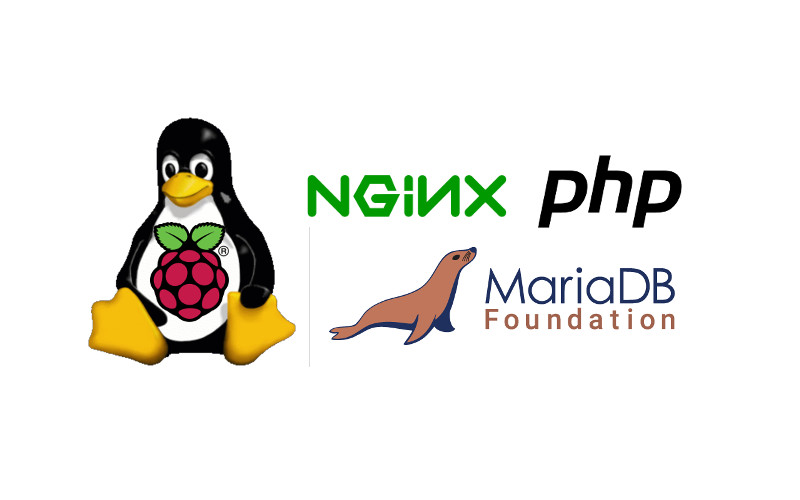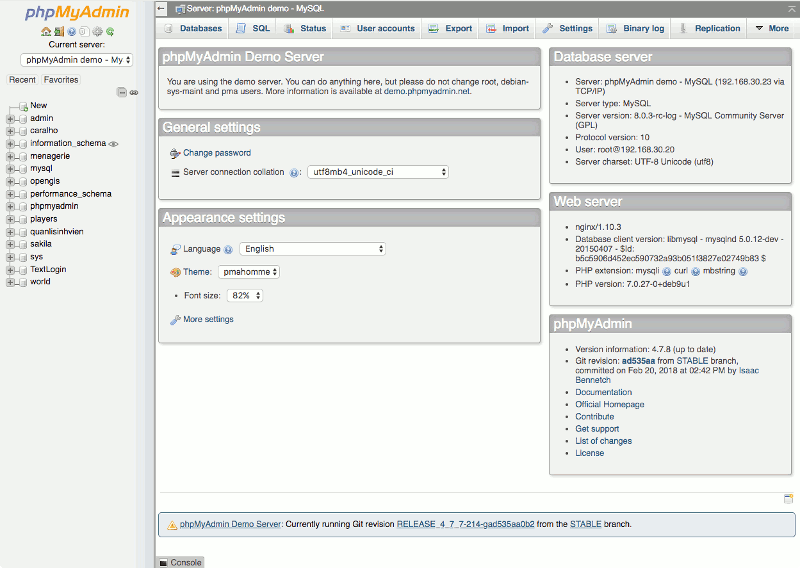How to setup a Raspberry Pi web server with Raspbian Stretch Lite, Nginx, MariaDB and PHP as the LEMP stack

When you want to deploy a PHP application that you wrote, you can first deploy it on a Raspberry Pi. Once your PHP application gets enough traction, you can then port it over to a computer with more horsepower.
When your PHP application employs MySQL or MariaDB as the backing database, we can put it up on a LEMP stack. In this situation, HTTP requests will first be directed to the Nginx reverse proxy server. Whenever the request is made to a php application, Nginx will then pass it on to the PHP7 Fast CGI Process Manager (PHP FPM) for generating the HTTP response.
Given these points, this post provides the steps to setup a Raspberry Pi web server with Raspbian Stretch Lite, Nginx, MariaDB and PHP as the LEMP stack.


Follow us